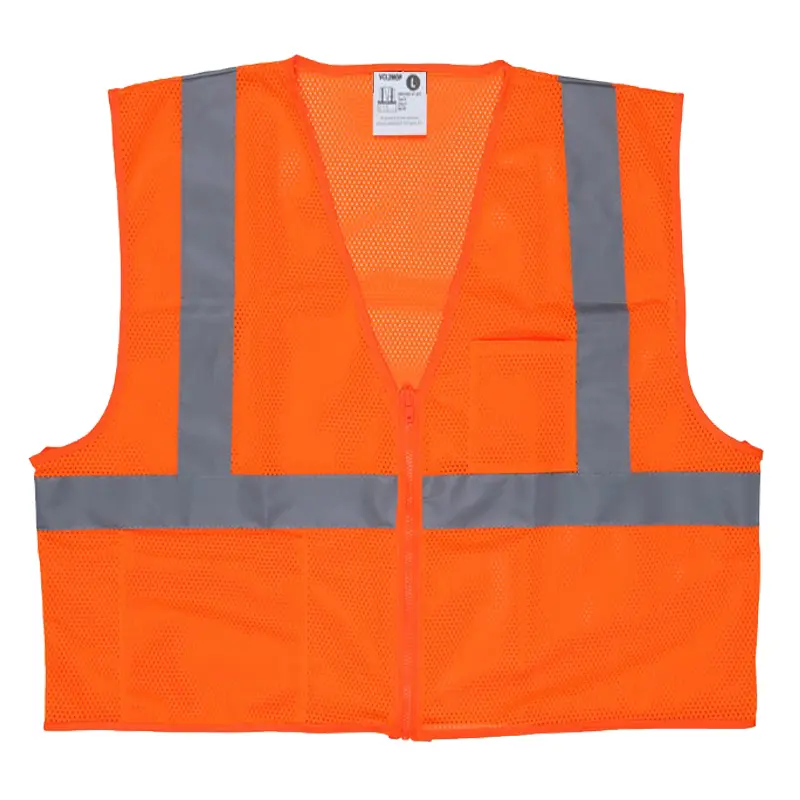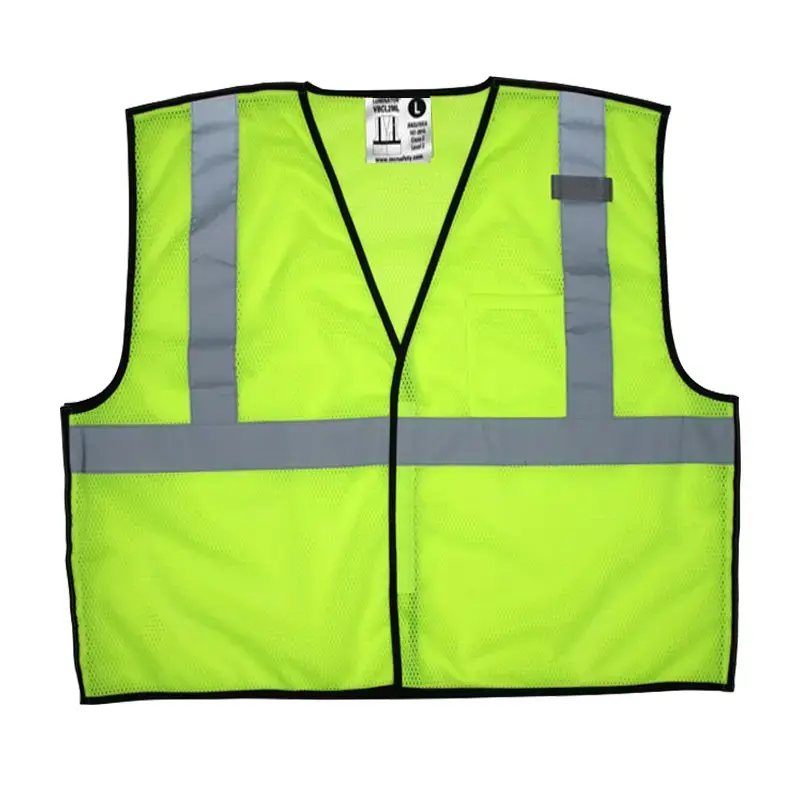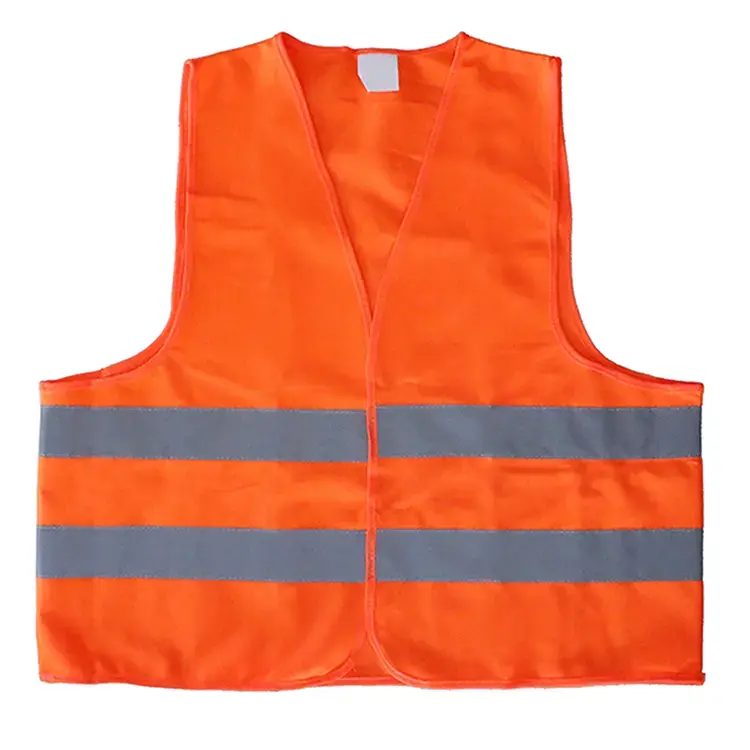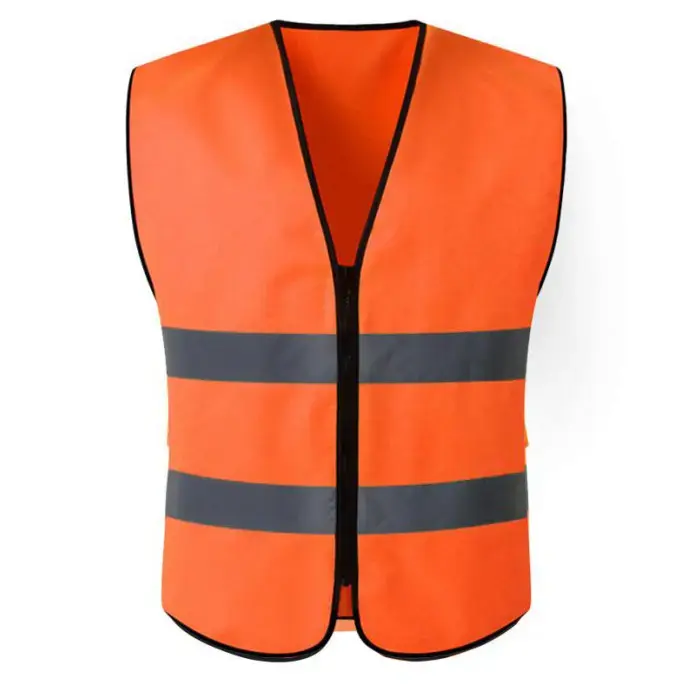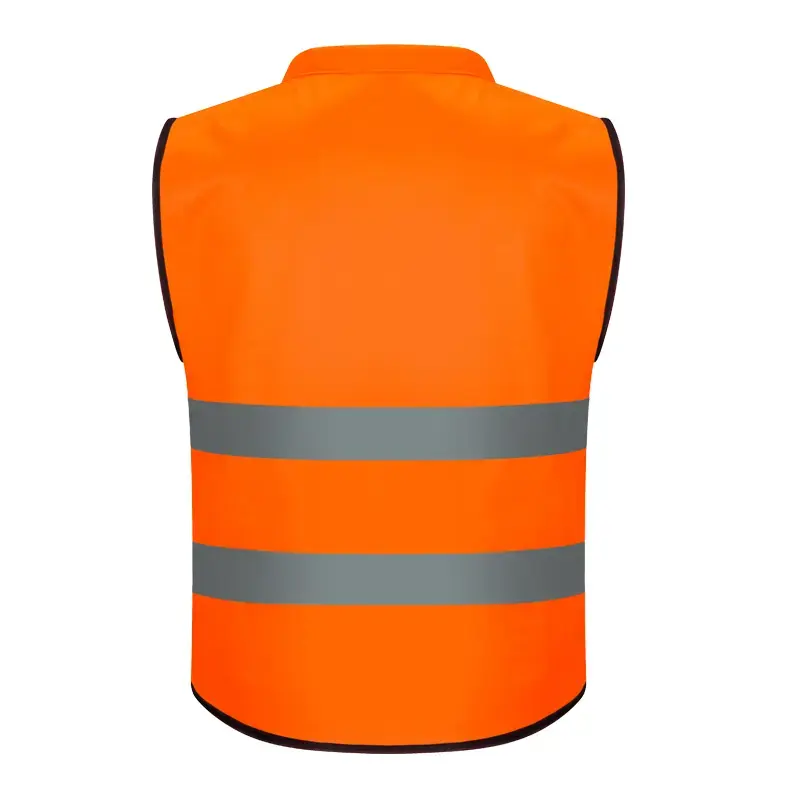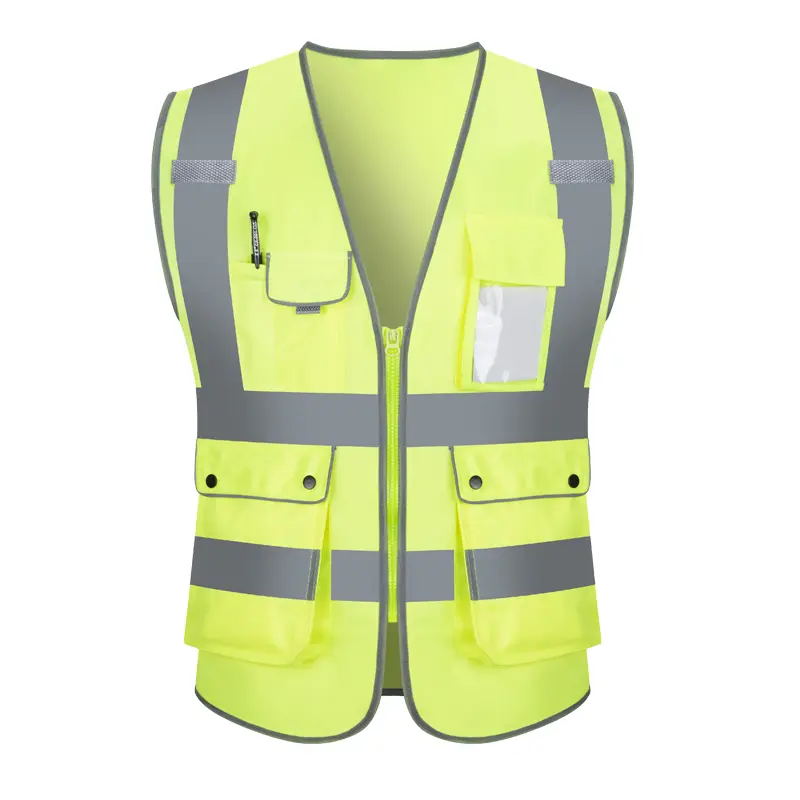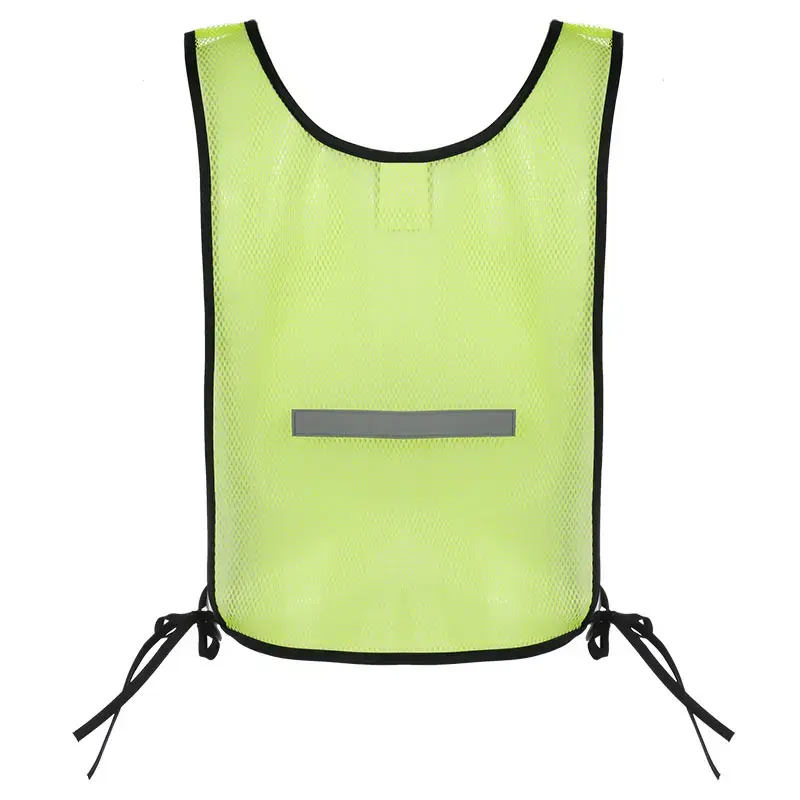International Wholesalers 2025 Reflective Safety Vest Purchasing Guide
International Wholesalers 2025 Reflective Safety Vest Purchasing Guide
Introduction
With the development of the global economy and the increasing frequency of international trade, reflective safety vests, as an important personal protective equipment, have been widely used in many industries. For international wholesalers, understanding the market trends, purchasing points and other information of reflective safety vests in 2025 will help to gain an advantage in the fiercely competitive market. This article will provide you with a detailed introduction to the relevant aspects.
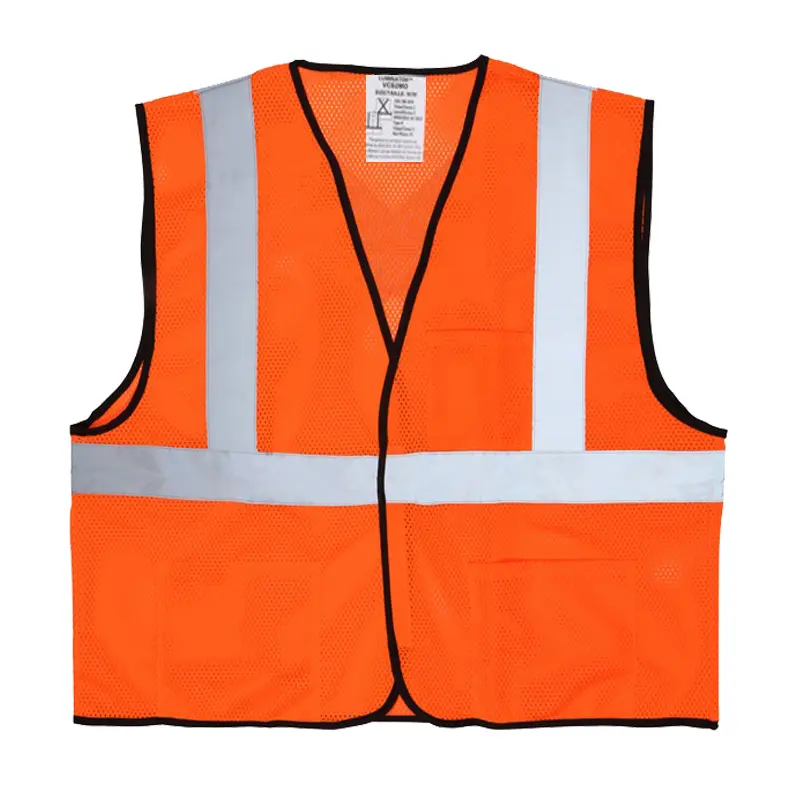
1. Overview of the Reflective Safety Vest Market
Market Demand Growth: In many industries such as transportation, construction, logistics, and sanitation, in order to ensure the safety of workers in low-light environments, the demand for reflective safety vests continues to increase. For example, with the acceleration of urbanization and the increase in the number of construction sites, the demand for reflective safety vests by construction workers has also increased; at the same time, countries have continuously increased their attention to traffic safety, and the regulations on the equipment of traffic police, road construction workers, etc. with reflective safety vests have become more and more stringent, further promoting market demand.
Market size expansion: According to market research institutions, the global reflective safety vest market size will reach [X] billion yuan in 2025 and maintain steady growth in the next few years. Among them, North America, Europe and other regions are the main consumer markets, and the Asia-Pacific region is one of the fastest growing markets, which provides a broad market space for international wholesalers.
Technology development trend: On the one hand, reflective material technology continues to advance. New reflective materials such as high-brightness reflective film and reflective fabrics not only have better reflective performance, but also have longer service life, stronger weather resistance and flexibility, and can meet the needs of different environments and usage scenarios. On the other hand, intelligent technology has begun to be applied to reflective safety vests, such as intelligent Reflective Vests with integrated positioning systems, warning lights and other functions, providing more comprehensive safety protection for staff.
2. Preparation before procurement
Clear requirements
Determine the usage scenario: Different usage scenarios have different performance requirements for reflective safety vests. For example, in the field of transportation, vests with good reflective effects and strong durability are needed to cope with complex road conditions and weather conditions; on construction sites, in addition to reflective performance, the breathability, comfort and dirt resistance of the vests need to be considered; in outdoor sports, more attention is paid to the lightness and flexibility of the vests.
Understand customer groups: Different customer groups, such as corporate customers, government agencies, and individual consumers, have different needs for reflective safety vests. Corporate customers are usually more sensitive to product quality and price, and purchase in large quantities; government agencies pay more attention to product standard compliance and supplier qualifications; individual consumers pay more attention to product appearance design, comfort and functionality.
Consider customized needs: Many customers will make customized requirements, such as printing company logos, specific colors, sizes, etc. on vests. International wholesalers need to fully understand customers' customized needs before purchasing in order to choose suppliers that can meet these requirements.
Understand product standards and certifications
International standards: In the international market, reflective safety vests need to comply with relevant international standards, such as ISO 20471 "High-visibility clothing - Test methods and performance requirements". This standard specifies the requirements for reflective performance, color, fabric, design, etc. of reflective safety vests, and is an internationally recognized high-visibility clothing standard. In addition, some regions may have other relevant standards, such as the European EN 471 standard, etc. Wholesalers need to ensure that the purchased products meet the corresponding standards according to the market requirements of different countries and regions.
Certification requirements: In order to enter a specific market, reflective safety vests may need to obtain corresponding certifications. For example, in the United States, reflective safety vests need to be certified by the U.S. Occupational Safety and Health Administration (OSHA); in the European Union, CE certification is required. These certifications are not only a pass for products to enter the market, but also an effective means to ensure product quality and safety.
3. Find suppliers
Supplier type
Manufacturer: Direct cooperation with manufacturers can ensure product quality and supply stability, while enjoying more favorable prices. Manufacturers usually have professional production equipment and technical personnel, and can produce reflective safety vests that meet various standards. In addition, some manufacturers also provide customized services, and can design and produce products according to customer needs. However, cooperation with manufacturers may require a large purchase volume and a long delivery cycle.
Trading company: As an intermediary, trading companies have a wide range of supplier channels and market resources, and can quickly provide reflective safety vests of various specifications and models. They usually have rich international trade experience and professional sales teams, and can provide wholesalers with one-stop procurement services. However, purchasing through trading companies may increase certain costs, and the control of product quality and production process is relatively weak.
Online supplier platform: With the development of the Internet, online supplier platforms have become one of the important channels for finding reflective safety vest suppliers. These platforms bring together a large amount of supplier information, and wholesalers can easily compare products, negotiate prices and place orders. Some well-known online supplier platforms also provide value-added services such as quality inspection and logistics distribution, which reduces procurement risks.
Ways to find suppliers
Participate in industry exhibitions: Industry exhibitions are an excellent opportunity to communicate face-to-face with suppliers and learn about product information and industry trends. At the exhibition, wholesalers can directly see the reflective safety vest samples displayed by suppliers, understand the characteristics and advantages of the products, and can also communicate in depth with the sales staff and technical personnel of the suppliers to establish cooperative relationships. For example, the International Safety and Protective Products Exhibition (ISPO) in Munich, Germany, and the China International Safety Production and Protective Products Exhibition (CISHE) are all exhibitions with important influence in the industry.
Use online search: Through search engines, social media platforms, online yellow pages and other network tools, you can quickly find a large amount of reflective safety vest supplier information. Wholesalers can conduct preliminary screening of the authenticity and reliability of suppliers based on their official website, product introductions, customer reviews and other information.
Reference industry magazines and reports: Some professional personal protective equipment industry magazines and market research reports regularly publish recommended lists of reflective safety vest suppliers, industry rankings and other information. This information is usually obtained through in-depth market research and analysis and has a high reference value.
4. Evaluate suppliers
Production capacity evaluation
Production equipment and process: Visit the supplier's production workshop to understand the advanced level of its production equipment and the rationality of its production process. Advanced production equipment can ensure product quality and production efficiency, while reasonable production processes can ensure product performance and stability. For example, the use of automated cutting equipment and sewing machines can improve production efficiency and product precision; the use of high-quality reflective materials and scientific composite processes can enhance reflective effects and durability.
Capacity and delivery time: Evaluate whether the supplier's production capacity can meet the wholesaler's procurement needs, including order quantity and delivery time. For large wholesalers, stable supply capacity and timely delivery are very important. Suppliers should have sufficient production equipment and personnel to ensure that order production is completed on time, and can flexibly adjust production plans according to the needs of wholesalers.
Quality control assessment
Quality management system: Check whether the supplier has established a complete quality management system, such as ISO 9001 quality management system certification. An effective quality management system can ensure that all aspects of the product from raw material procurement, production and processing to finished product inspection meet quality requirements, thereby ensuring product stability and reliability.
Product inspection and testing: Understand the methods and frequency of quality inspection and testing of reflective safety vests by suppliers. Suppliers should have professional testing equipment and testing personnel to conduct strict testing on the reflective performance, color fastness, tensile strength and other indicators of the products to ensure that the product quality meets the relevant standards and customer requirements. In addition, suppliers should also be able to provide product quality inspection reports and relevant certification certificates.
Price and cost evaluation
Price rationality: Compare the quotations of different suppliers and analyze the reasons for the price differences. Price factors should comprehensively consider factors such as product quality, performance, production cost, and after-sales service. Generally speaking, products with too low prices may have quality risks, while products with too high prices may not be competitive. Wholesalers need to find suppliers with reasonable prices and high cost performance.
Cost control ability: Evaluate the cost control ability of suppliers, including raw material procurement costs, production costs, management costs, etc. Suppliers should have good raw material procurement channels and supply chain management capabilities, and be able to effectively control raw material costs; at the same time, reduce production costs by optimizing production processes and improving production efficiency. In addition, suppliers should also have a reasonable sales and management cost structure to ensure the competitiveness of product prices.
After-sales service evaluation
Customer support and service team: Understand whether the supplier has a professional customer support and service team that can respond to wholesalers' inquiries and feedback in a timely manner. During the procurement process, wholesalers may encounter various problems, such as product quality problems, order modifications, delivery delays, etc. The supplier's customer support team should be able to provide solutions in a timely manner to ensure the smooth progress of procurement.
After-sales service policy: Investigate the supplier's after-sales service policy, including product warranty period, return and exchange policy, quality complaint handling, etc. Suppliers should provide a clear after-sales service policy, be responsible for product quality issues to the end, and handle customers' return and exchange requests and quality complaints in a timely manner to safeguard customers' interests and their own reputation.
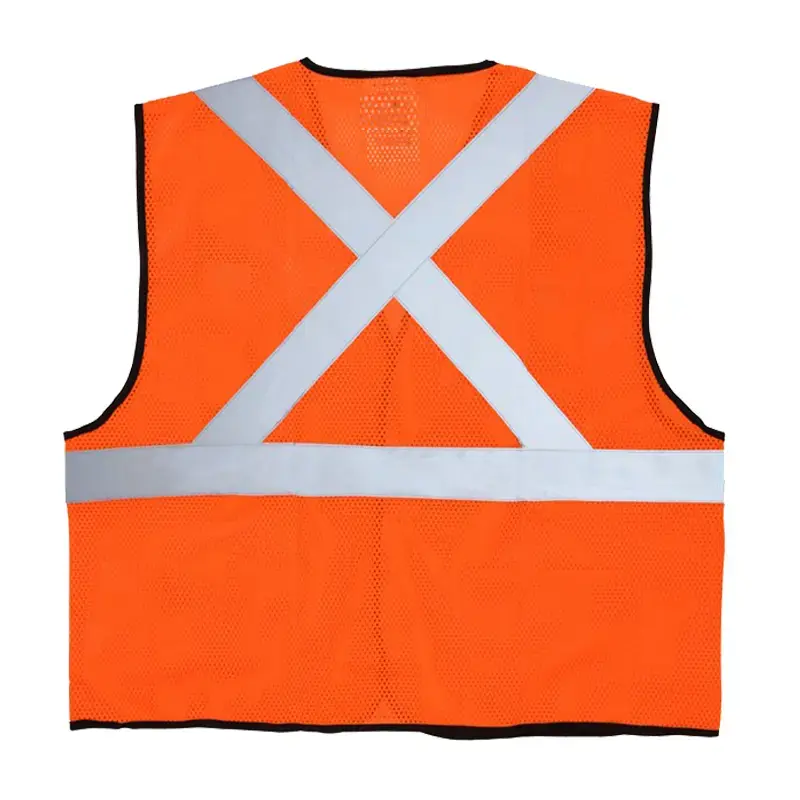
5. Signing of procurement contract
Contract terms
Product quality terms: Clearly stipulate the quality standards and inspection methods of the product in the contract, including specific requirements such as the product's reflective performance, color, fabric, size, etc. At the same time, stipulate the quality assurance period and breach of contract liability to protect the rights and interests of wholesalers.
Price and payment terms: Clearly specify the price, payment method and payment time of the product. Common payment methods include advance payment, letter of credit, wire transfer, etc. Wholesalers should choose the appropriate payment method according to their own situation and the requirements of suppliers, and specify the conditions and time of payment in detail in the contract.
Delivery terms: Agree on the delivery location, delivery time and transportation method of the product. The delivery location should be clear to the specific address, the delivery time should be negotiated and determined based on the procurement needs and the supplier's production capacity, and the transportation method needs to consider factors such as transportation cost, transportation time and product safety.
Intellectual property terms: If it involves intellectual property issues such as product design and trademarks, the rights and obligations of both parties should be clearly stipulated in the contract. The supplier should ensure that the products provided do not infringe on the intellectual property rights of others, otherwise they should bear the corresponding legal responsibilities.
Breach of contract liability clause: Clarify the responsibilities that both parties should bear if a breach of contract occurs during the performance of the contract. Including the calculation method of liquidated damages, the scope of loss compensation, etc., to constrain the behavior of both parties and ensure the smooth performance of the contract.
Matters needing attention in contract signing
Carefully read the contract terms: Before signing the contract, wholesalers should carefully read each clause of the contract to ensure that they understand its meaning and legal consequences. For unclear or controversial terms, they should communicate and negotiate with the supplier in a timely manner, and sign the contract after reaching a consensus.
Consult with a lawyer or legal advisor: In order to ensure the legality and validity of the contract, wholesalers can hire lawyers or legal advisors to review and modify the contract. Lawyers or legal advisors can provide professional legal advice to wholesalers based on relevant laws and regulations and actual conditions to prevent contract risks.
Keep contract-related documents: After signing the contract, wholesalers should properly keep the original contract and related documents, such as orders, invoices, acceptance reports, etc. These documents may be used as important evidence during the performance of the contract to safeguard the legitimate rights and interests of both parties.
6. Procurement process management
Order tracking
Establish an order tracking system: Through the order tracking system, wholesalers can understand the production progress, quality status and delivery status of orders in real time. Suppliers should regularly feedback the progress of orders to wholesalers and communicate in a timely manner to solve problems that arise during the production process.
Maintain close communication with suppliers: Regularly communicate with suppliers by phone, email or on-site visits to understand the production status of orders and any factors that may affect delivery. If problems are found, negotiate with suppliers in a timely manner to avoid affecting the timely delivery of orders.
Quality inspection
Quality inspection during the production process: During the supplier's production process, wholesalers can send quality inspectors to the factory for on-site inspection to ensure that the products meet the quality requirements. Quality inspectors should strictly inspect raw materials, semi-finished products and finished products in accordance with the quality standards and inspection methods agreed in the contract, and promptly discover and correct quality problems.
Goods acceptance: After receiving the goods delivered by the supplier, the wholesaler should organize acceptance in a timely manner. The acceptance personnel should carefully check and verify the goods according to the quality standards and quantity requirements agreed in the contract. If the goods are found to have quality problems or shortages, the supplier should be notified in time and handled in accordance with the method agreed in the contract.
Logistics distribution
Choose a suitable logistics method: According to the quantity, weight, delivery location and other factors of the purchased products, choose a suitable logistics method, such as sea transportation, air transportation, land transportation, etc. Different logistics methods have different advantages and disadvantages, and it is necessary to comprehensively consider factors such as transportation cost, transportation time, and cargo safety.
Logistics tracking and monitoring: Establish a good cooperative relationship with the logistics company and require the logistics company to provide real-time tracking information of the goods during transportation. Wholesalers can keep abreast of the transportation status and estimated arrival time of goods through the online tracking system or customer service hotline of the logistics company, so as to make timely preparations for receiving the goods.
7. Product Sales and After-Sales Service
Product Sales Strategy
Market Positioning and Pricing Strategy: Determine appropriate product positioning and pricing strategies based on the product characteristics and market conditions of reflective safety vests. Products of different grades and prices can be launched for different market segments and customer groups to meet the needs of different customers. At the same time, through reasonable pricing strategies, the competitiveness and market share of products can be improved.
Sales Channel Development: Establish diversified sales channels, such as cooperating with dealers and retailers, participating in industry exhibitions, and holding product promotion activities to increase the market visibility and sales of products. In addition, e-commerce platforms can be used to carry out online sales business to expand sales scope and customer groups.
After-sales Service Provision
Establish an after-sales service system: Set up a special after-sales service department or team to handle customer inquiries, complaints, and after-sales repairs. Providing timely, efficient, and high-quality after-sales services can improve customer satisfaction and loyalty.
After-sales training and support: Provide customers with product training and technical support to help customers better understand and use reflective safety vests. For example, introduce customers to the correct way to wear the product, maintenance knowledge, reflective performance testing methods, etc., to extend the service life of the product.
VIII. Future Trends and Outlook
Continued Growth in Market Demand: With the recovery of the global economy and the advancement of infrastructure construction, as well as people's increasing awareness of safety protection, it is expected that the market demand for reflective safety vests will continue to maintain steady growth in the next few years. In particular, the rapid development of some emerging industries and fields, such as new energy vehicles, unmanned driving, and intelligent transportation, will bring more opportunities for reflective vests.The safety vest market brings new opportunities.
Technological innovation promotes product upgrades: The continuous innovation and development of reflective materials, intelligent technologies, etc. will promote the continuous upgrading of reflective safety vest products. Reflective safety vests with functions such as high-brightness reflection, intelligent sensing, and positioning tracking will gradually be introduced to the market to meet the higher requirements of safety protection for different industries and customers.
Green environmental protection becomes the focus of development: Against the background of increasing global environmental awareness, the green environmental protection performance of reflective safety vests will also receive more attention. In the future, reflective safety vests produced with environmentally friendly materials, degradable materials, and recyclable materials will become one of the key directions of market development.
Market competition intensifies: With the continuous expansion of the market and the attraction of profit margins, more and more companies will enter the reflective safety vest industry, and market competition will become increasingly fierce. International wholesalers need to continuously improve their procurement management level, product quality, and service quality in order to remain invincible in the competition.
8. Summary
As an important personal protective equipment, reflective safety vests have broad market prospects. For international wholesalers, when purchasing reflective safety vests in 2025, they need to be fully prepared, including clarifying needs, understanding product standards and certifications, and finding and evaluating suppliers. At the same time, strict control is also required in the signing of procurement contracts, procurement process management, product sales and after-sales service, etc., to ensure that the purchased products are of reliable quality, stable supply and reasonable price. Looking ahead, the reflective safety vest market will continue to develop driven by technological innovation and market demand. International wholesalers should keep up with market trends, continuously optimize procurement strategies, meet the diverse needs of customers, and achieve sustainable development.

